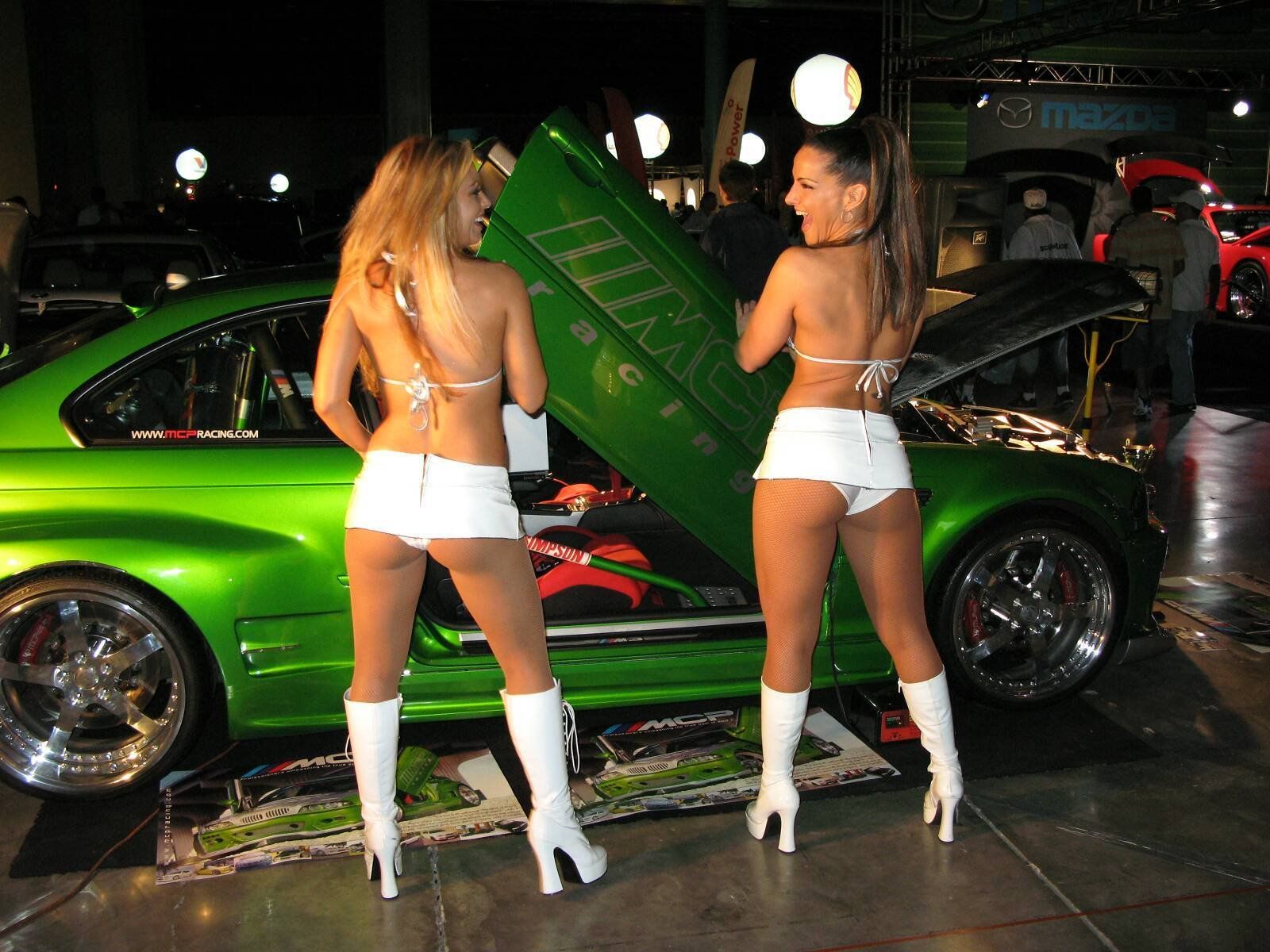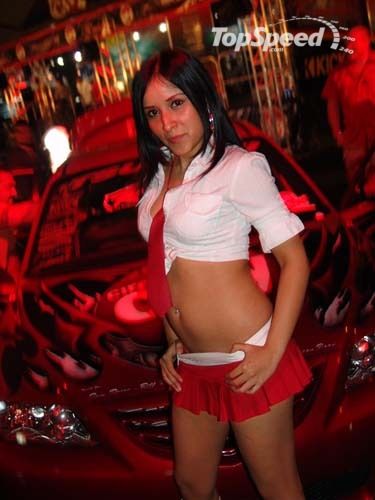|
|
|---|
Tuesday, September 8, 2009

The name DBR9 is derived from the original Le Mans-winning DBR1 car which not only won the 24 Hour race in 1959 but the World Sportscar title too. Aston Martin Racing will build 12 individually numbered DBR9 Works cars, which will be run by three Works teams in the major international GT series. A limited number of cars will also be built and made available for private individuals to race or keep in collections. The Aston Martin DB9 superseded the long-lived DB7 Vantage. The DB9 is powered by a 6.0-liter V-12 engine that generates 450 horsepower. Either a conventional six-speed-manual gearbox or a button-controlled six-speed automatic can be installed. Aston Martin says the manual-shift DB9 can accelerate from zero to 60 mph in 4.7 seconds. The DB9 was the first car to be hand-built at a new state-of-the-art facility in Gaydon, Warwickshire, England. In addition to the coupe, a Volante convertible is also offered. The console controls are revised for 2006. Additional cabin stowage is provided, along with coat hooks. New standard equipment includes rear parking sensors, cruise control, heated front seats, power-folding side mirrors, an umbrella, a navigation system and Bluetooth phone preparation. A long aluminum hood sits above a familiar Aston Martin grille, and side strakes are located in the front quarter panels. The body panels are aluminum or lightweight composites, while magnesium is used for the steering column and inner doorframes. Locating the gearbox at the rear helps achieve 50/50 weight distribution, and a full undertray reduces lift and drag. The DB9's rear haunches are wide and curvaceous, and its profile features a prominent trunk. "Swan wing" doors rise at a 12-degree angle for easier access. The Volante's fabric top folds underneath a hard tonneau cover that sits flush with the bodywork. Sensors can detect a potential rollover and deploy twin roll-hoops. Aston Martin says the windshield pillars can withstand twice the car's body weight. The DB9 offers 2+2 seating that features Bridge of Weir leather. Walnut, mahogany or bamboo wood trim is available. To start the engine, the driver must press a clear glass button. The tachometer dial runs counterclockwise and has no conventional redline. Instead, a red warning symbol appears at various engine speeds depending on ambient temperature and engine mileage. The British firm Linn developed the 950-watt sound system. The DB9's 6.0-liter V-12 produces 450 hp and 420 pounds-feet of torque. The ZF six-speed-automatic transmission uses buttons to select Drive, Park, Neutral and Reverse. A Touchtronic manual mode permits gear changes using paddles behind the steering wheel. A conventional Graziano six-speed-manual gearbox is also available. All-disc antilock brakes incorporate electronic brake-force distribution and brake assist. Seat-mounted side-impact airbags and Dynamic Stability Control are standard. Handling is where the DB9 truly excels, hanging on with passion through swift curves and delivering a civilized experience. Confidence levels reach well beyond the sports-car norm. The suspension follows road contours closely, yet ride comfort is satisfying. The dashboard is packed with controls. Most markings are clear, but the gauges aren't so easy to read. The V-12 generates a rich exhaust sound. Gear changes are quite easy using the dashboard selector buttons and steering-wheel paddles, and automatic mode does a fine job. After a momentary hesitation to downshift, the DB9 lunges ahead with unbridled force. Rear headroom is scant and legroom is virtually nonexistent, but the front compartment is roomy enough in a snug, separated cockpit. The front fenders are hard to see, but the rear window provides a helpful view.
0 Comments:
Subscribe to:
Post Comments (Atom)
















